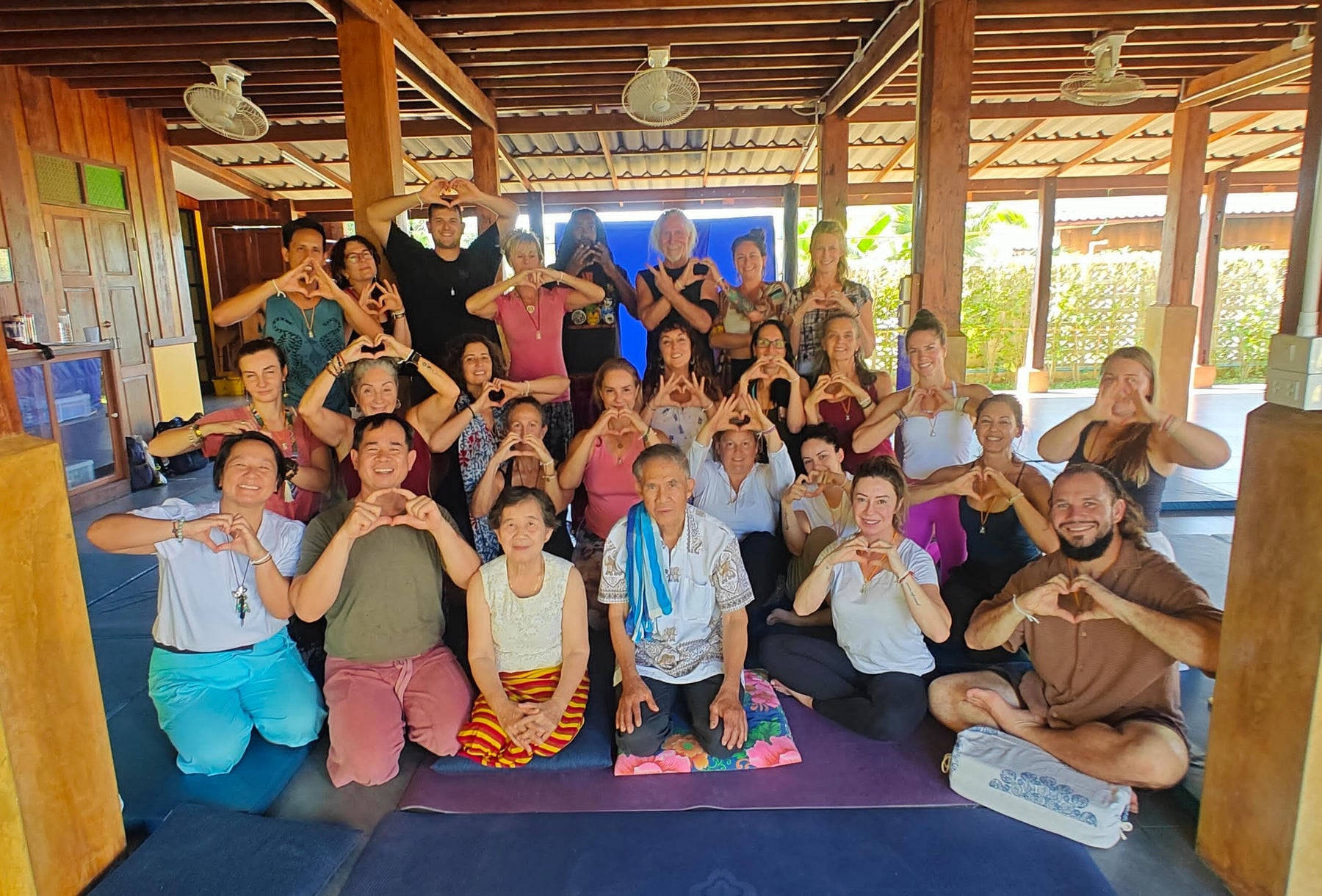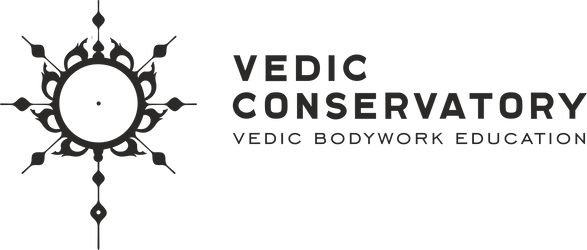
ARE YOU MASSAGING THE BODY OR ARE YOU MASSAGING THE PERSON?
Esteemed Healers and Colleagues,
Enjoy my newest writ. Your comments are appreciated.
New essay:
EASTERN AND WESTERN MASSAGE DICHOTOMY
I have witnessed that there is clear evidence being demonstrated between a massage practitioner whose methods are targeting the body, compared to a practitioner who is consciously being sensitive energetically to the person or soul living within the body.
Not to create any more dichotomy between the Eastern and Western models of contemporary bodywork, as, evidently, stands have obviously been positioned wherein the invitation for our Western massage colleagues to take a walk on the Eastern interpretive ‘wild side’, is sadly being met with a ‘not necessary’ and a ‘maybe later’ attitude.
The Eastern manipulative assists are trained to feel the three most prominent instincts dwelling within the session. Inherent in the composition of a treatment, three prominent biological sensitivities emerge: The Ego, the Autonomic Nervous System, and the Soul.
With each of the ultra-sensitive characters individually vie-ing for the practitioner's full attention, I now understand the indispensable need for the Eastern’s ‘wild side openness’ in the tactile healing Arts.
It feels safe, even professional, for me to express that Eastern bodywork modalities accommodate Western modalities.
Yet the same cannot be said for Western styles accommodating Eastern styles. THEY DON’T!
Eastern styles, such as Vedic, Anma, Shiatsu, Tuina, Balinese, Tibetan, Thai, and others, naturally include the anatomical and theoretical knowledge contained within Western information, yet the Eastern contributions, for example, of Cellular Memory, Five Element, and Dosha Vitalities seem to receive almost an allergic reaction from the adherents of basic Western procedures.
Of course, I am being overly dramatic and perhaps, embarrassingly, even revealing my ‘sour grapes’ temperament.
Struggling for close to three decades, my energies suffer with despair as I attempt with my promotions, adverts, and lifestyle, to lasso and convert Western massage practitioners into the mysterious and cosmic ‘wild side’ of Eastern practice.
I weep terribly and ingest massive amounts of antidepressant medications when I see the Western massage classes filling up with students.
Only kidding, my conscientious cyclical breathing and my gummies are enough to remove the green with envy symptom.
But truly, either way, of course, I am quite happy to see the massage industry thriving with success and fulfilled aspirants.
I don’t have the exact statistic, yet, having initiated certification to many thousands of students in several countries into the Vedic Thai techniques and theories, I would estimate that maybe only nine percent of the 400K bodywork practitioners in the USA are Eastern-oriented in their massage art. [Maybe one of my colleagues can help with this estimation?]
Indeed, expecting a Western-educated massage colleague to accept that there is an intelligent radiating sheath enveloping the physical body [the pranamaya kosha], which is also characteristically understood to be more important than the physical body [called anamaya kosha], seems to be a big step in the Western bodywork library of theories and applications.
To request western massage therapists to be sensitive to the conduits, the various substances circulating within, and the substance direction being ever so etherial, barely tangible, is it a lot to ask of a Western-trained therapist?
Anatomical names included in the Eastern arts are quite striking and are invitations to have a deeper appreciation for the body and its concerns.
With Eastern Massage, there are anatomical references such as Meeting of the Mountains [the nape between the thumb and fore finger], Gushing Spring [the center of the plantar foot], The Gate of God [the top of the neck], or jade Pivot [midline of the manubrium sternum], and Green Spirit [the center of the biceps]. Indeed, these are anatomical/biological areas that contrast dramatically with Western organic identifications.
I have discovered that there is a fairly agreed-upon ‘camp’, wherein the Western-educated approach to massage seems to be quite satisfied being equipped simply with the anatomical education and physics of muscle, nerve, bone, gland, and organ names, insertions, origins, innervations, functions, and the terms of diseases and conditions.
Even with the subject of curing and remedying, the Eastern view has a different ‘flavor’ than the Western view.
Contrary to the Western tone, the Eastern approach is not obsessed with instant cure and immediate healing.
The Eastern Body working Arts are interested in simply changing the direction of the issue. The Eastern sensitivity appreciates that the imbalance of pain and suffering is actually a respected aspect of the healing drama. The Eastern mannerisms include letting the imbalance conscientiously ‘sit’ for a while previous to administering any therapy.
This Eastern model/perspective contrasts strongly with the Western model, which demonstrates an obsessive need to impress with instant curing and healing.
Is this obsession true for your massage intent also?
It has almost become an imprint on a T-shirt. “Western Addresses the Symptoms - Eastern Addresses the Cause”.
Even worse now, with the indictments of Western big pharmaceuticals and the myriad of mistakes being documented in the medical profession, the T-shirts now read ‘Western medicine creates diseases, Eastern medicine remedies diseases’.
Mates,
Forgive my drama. With this brief writ, it is obvious that I am still engaged in the process of changing the statistics. I want to bring more of my esteemed massage therapy colleagues over to the beautiful, intriguing, and wonderful styles of the Eastern Bodywork Arts.
Grateful for you sharing my writ, Mukti


Leave a comment